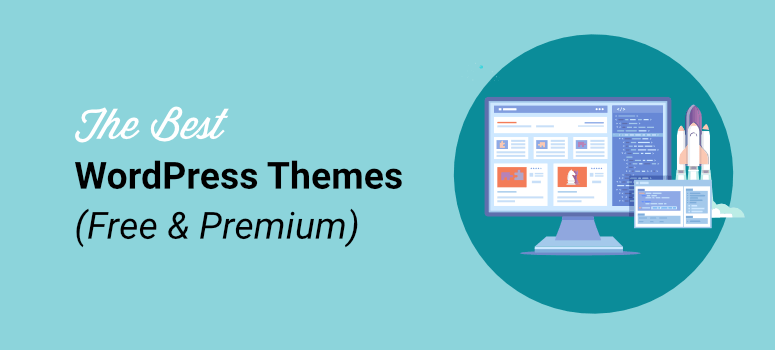What is Audience Segmentation: Types, Tips & Examples
Audience segmentation is the process of dividing your target audience into smaller groups based on shared characteristics. These groups, or audience segments, can be used to create more targeted campaigns and deliver tailored messaging that resonates with your target audiences.
Benefits of audience segmentation
There are many benefits to audience segmentation, including:
- Increased engagement: Audience segmentation allows you to create more targeted messaging that is relevant to each segment’s interests and needs. This can lead to increased engagement and response rates.
- Better results: When you send more targeted messaging, you are more likely to see better results from your campaigns. This is because your messaging is more likely to resonate with your audience and drive them to take the desired action.
- More efficient marketing: Audience segmentation can help you to be more efficient with your marketing budget. By targeting your messaging to specific segments, you can avoid wasting money on campaigns that are not relevant to your target audience.
- Improved customer experience: Audience segmentation can help you to improve the customer experience. By delivering tailored messaging to each segment, you can show your customers that you understand them and that you are committed to providing them with the best possible experience.
Types of audience segmentation
There are many different ways to segment your audience. Some of the most common types of audience segmentation include:
- Demographic segmentation: This type of segmentation divides your audience based on demographic characteristics such as age, gender, location, income, and education level.
- Behavioral segmentation: This type of segmentation divides your audience based on their behavior, such as their purchase history, website browsing history, and social media activity.
- Psychographic segmentation: This type of segmentation divides your audience based on their interests, values, and lifestyles.
- Firmographic segmentation: This type of segmentation is used by B2B businesses to divide their audience based on company characteristics such as size, industry, and location.
How to segment your audience
There are a few different ways to segment your audience. One way is to use the data that you have collected about your customers. This data can include demographic information, purchase history, website browsing history, and social media activity.
Another way to segment your audience is to conduct market research. This can involve surveys, interviews, and focus groups. Market research can help you to learn more about your customers’ interests, values, and lifestyles.
Once you have segmented your audience, you can start to create targeted messaging for each segment. Be sure to tailor your messaging to the specific interests and needs of each segment.
Examples of audience segmentation
Here are a few examples of audience segmentation:
- An e-commerce company might segment its audience by age:
- 18-24 years old: This segment might be interested in trendy clothing and accessories.
- 25-34 years old: This segment might be interested in family-friendly products and services.
- 35-44 years old: This segment might be interested in home improvement products and services.
- 45-54 years old: This segment might be interested in retirement planning products and services.
- 55+ years old: This segment might be interested in travel and leisure products and services.
- A social media company might segment its audience by interests:
- Sports: This segment might be interested in news and updates about their favorite sports teams.
- Music: This segment might be interested in new music releases and concert announcements.
- Movies: This segment might be interested in movie reviews and trailers.
- TV: This segment might be interested in TV show schedules and spoilers.
- Gaming: This segment might be interested in new video game releases and gaming tips.
- A B2B company might segment its audience by company size:
- Small businesses (1-9 employees): This segment might be interested in affordable products and services that can help them to grow their businesses.
- Medium-sized businesses (10-99 employees): This segment might be interested in products and services that can help them to improve their efficiency and productivity.
- Enterprise businesses (100+ employees): This segment might be interested in products and services that can help them to scale their businesses and stay ahead of the competition.
Conclusion
Audience segmentation is a powerful tool that can help you to improve your marketing results. By dividing your audience into smaller groups based on shared characteristics, you can create more targeted messaging and deliver tailored experiences that resonate with your customers.
These are just a few of the many great AdSense-optimized WordPress themes that are available. When choosing a theme, it’s important to consider the type of website you have, the target audience you’re trying to reach, and the types of ads you want to display.
Once you’ve chosen a theme, it’s important to place your ads strategically. You don’t want to overwhelm your visitors with ads, but you also want to make sure that your ads are seen. A good rule of thumb is to place your ads in natural-looking locations, such as between paragraphs of text or at the bottom of blog posts.
You should also experiment with different ad sizes and placements to see what works best for your website. And don’t forget to keep an eye on your analytics to see how your ads are performing.
By using an AdSense-optimized WordPress theme and placing your ads strategically, you can maximize your earnings from advertising. So what are you waiting for? Start using one of these great themes today!
Here are some additional tips for using AdSense-optimized WordPress themes:
- Use the built-in ad management tools to create custom ad placements.
- Experiment with different ad sizes and placements to see what works best for your website.
- Keep an eye on your analytics to see how your ads are performing.
- Use relevant keywords in your ad titles and descriptions to improve click-through rates.
- Target your ads to specific demographics or interests to increase conversions.
By following these tips, you can maximize your earnings from advertising and make more money from your WordPress website.







